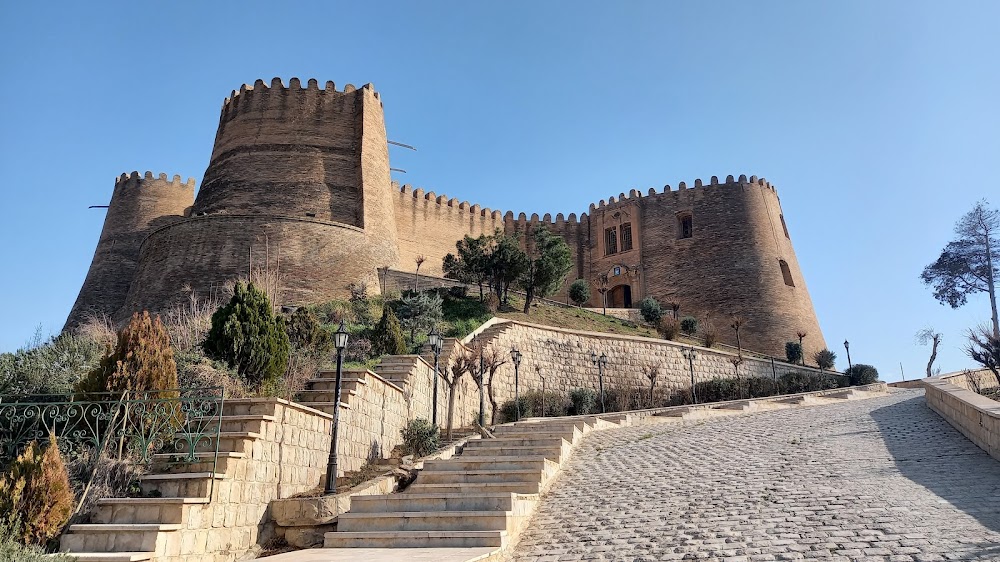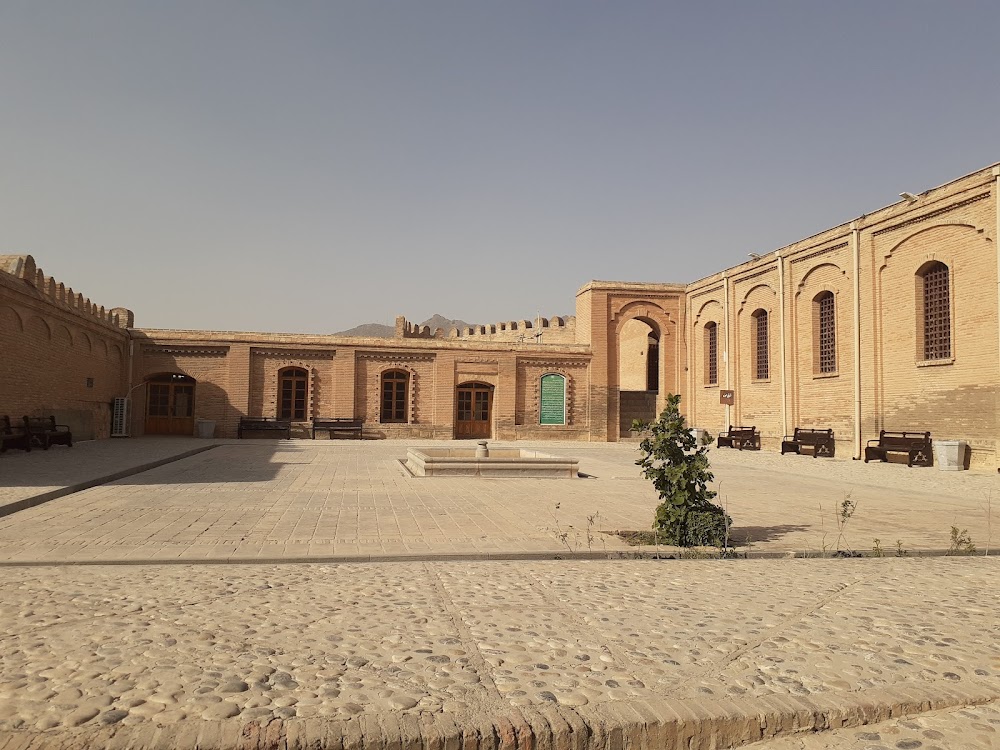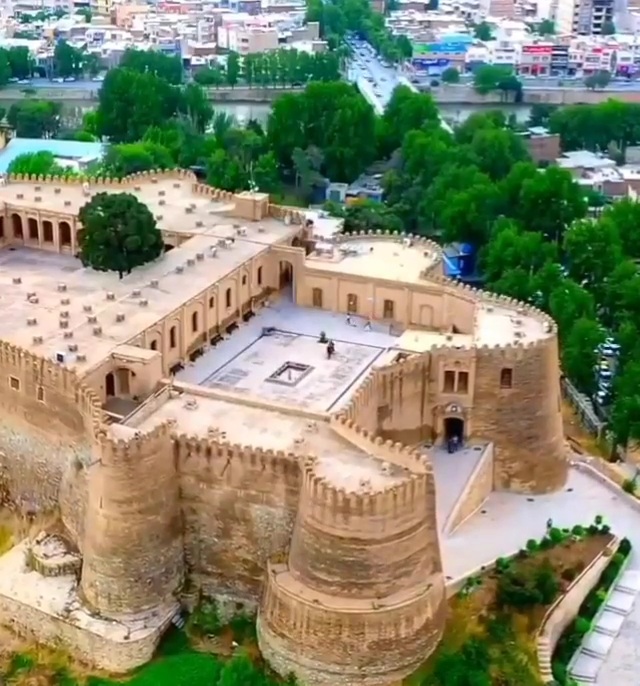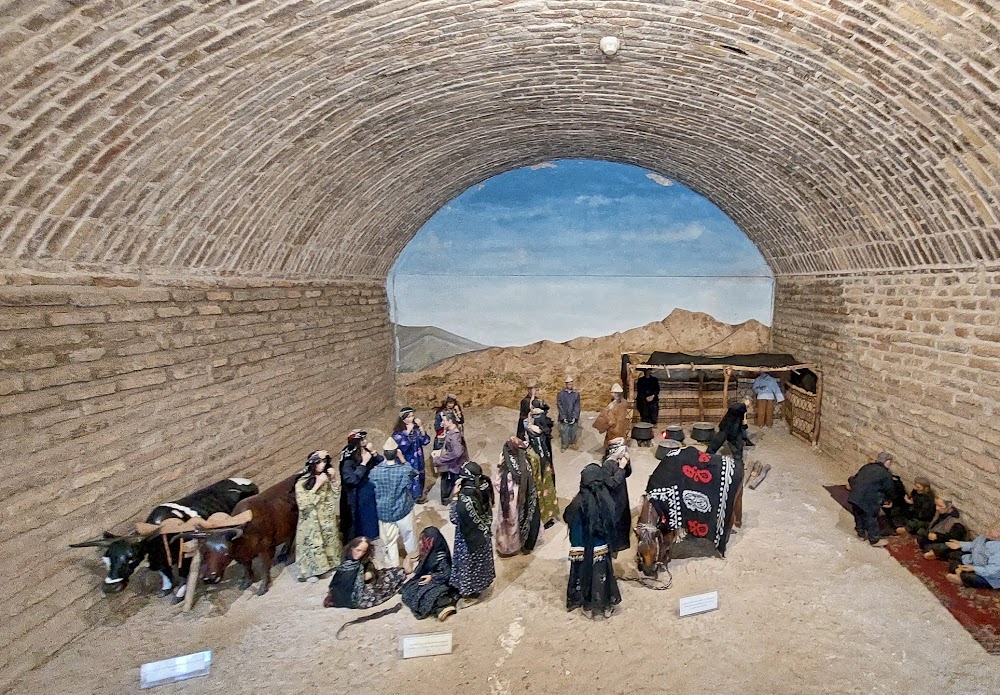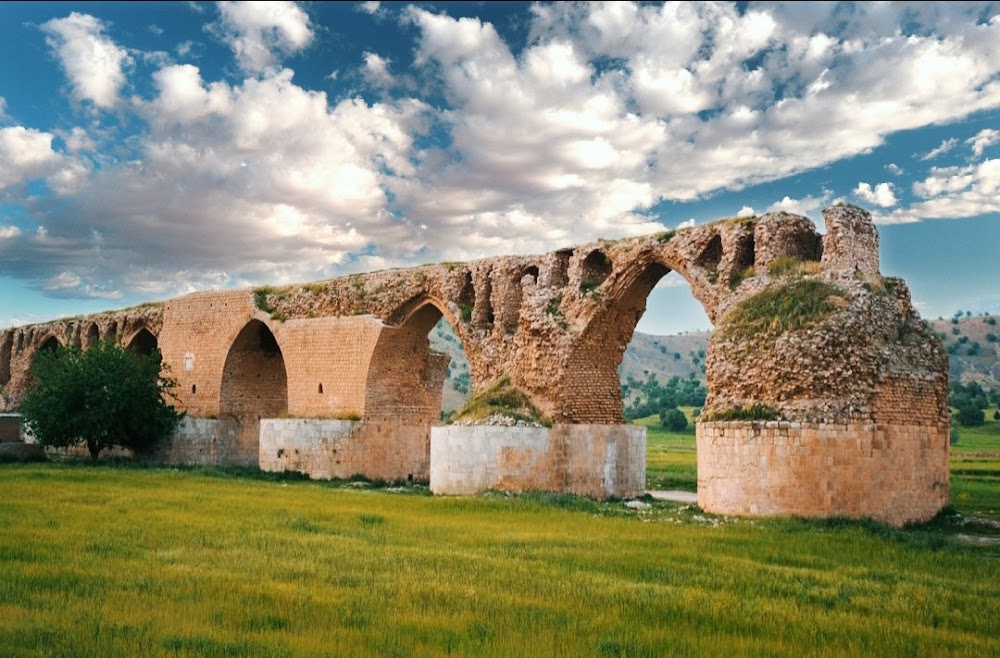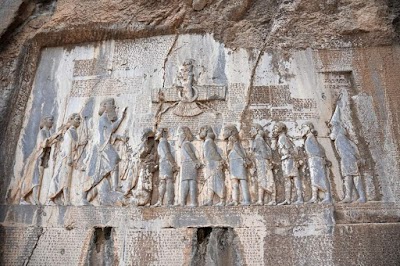Falak-ol-Aflak Castle (قلعه فلکالافلاک)
Overview
Falakol Aflak Castle: A Majestic Historical Treasure
Falakol Aflak Castle, also known as Shapur-Khwast Castle, stands as one of the most magnificent historical sites in Khorramabad, the capital of Lorestan Province, Iran. Perched atop a hill, this impressive fortification provides a stunning panoramic view of the city and its picturesque surroundings, beautifully blending natural beauty with human ingenuity.
Constructed during the Sassanian era (224 to 651 AD), the castle was built as a military and strategic stronghold. Its primary mission was to protect the region from invasions and to oversee ancient trade routes that traversed Lorestan. The name "Falakol Aflak" translates to "Heaven of Heavens," a fitting tribute to its elevated position and historical significance.
Architectural Marvel
The structure of Falakol Aflak Castle is a testament to ancient engineering. Built primarily from stone and baked bricks, the materials were chosen for their durability, allowing the castle to withstand centuries of harsh weather and conflict. The formidable walls, several meters thick, are fortified with cylindrical towers strategically placed to maximize defensive capabilities.
One of the most intriguing features of the castle is its intricate design. Spanning an impressive 5,300 square meters, it boasts eight massive towers and two expansive courtyards. The main courtyard served as the administrative center, hosting important meetings and ceremonies, while the secondary courtyard was designated for the residence of the garrison and officials.
Access and Entrance
Visitors access the castle via a steep, winding path that was intentionally designed to deter enemy advances. Upon arrival, you are greeted by a grand entrance featuring a robust gateway that has endured the test of time.
Inside the castle, a fascinating network of interconnected chambers and passageways showcases the brilliance of its architects. Each room was designated for specific purposes, including barracks, storerooms, and armories. Additionally, the castle featured a sophisticated water supply system, complete with a large cistern to collect rainwater, ensuring a reliable source of water during sieges.
Historical Significance
Throughout the centuries, Falakol Aflak Castle underwent numerous renovations and modifications, especially during the Safavid dynasty in the 17th century and later under the Qajar dynasty. These adaptations were made to meet evolving military needs and architectural advancements, including the addition of more robust battlements and expanded internal quarters.
Beyond its role as a fortification, the castle was integral to the cultural and administrative life of the region. It served as a royal residence, an administrative hub, and a venue for significant social gatherings.
A Modern Attraction
In contemporary times, Falakol Aflak Castle has transformed from a stronghold into a prominent tourist attraction in Iran. It now houses a museum dedicated to the rich history of Lorestan Province, displaying a variety of artifacts ranging from ancient pottery to medieval weaponry.
The enduring presence of Falakol Aflak Castle through centuries of Persian history is a tribute to both its robust construction and strategic importance. Its lofty perch over Khorramabad not only offers visitors a glimpse into the past but also presents breathtaking views, creating a beautiful connection between history and the present through this architectural marvel.


